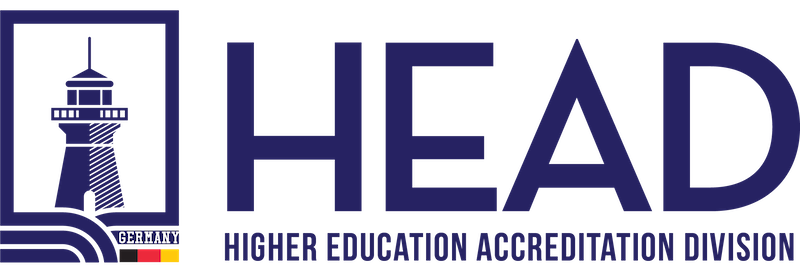Leading the Way: Top Management’s Dedication to Catering to Learners’ Needs

Introduction
In the dynamic landscape of education, where diversity and inclusivity are celebrated, education organizations must exhibit strong leadership and commitment to meet the unique educational requirements of every learner, including those with special needs. A robust Education Organization Management System (EOMS) acts as the foundation for achieving this goal. Top management’s active involvement in identifying and addressing learners’ educational needs is crucial to creating an environment that fosters comprehensive learning and development.
Commitment: Walking the Talk
Leadership is not just about verbalizing values; it’s about translating them into action. When top management commits resources, time, and effort to implement and improve the EOMS, they create a culture of accountability and responsibility. This commitment is seen in various ways:
- Resource Allocation: Adequate budget allocation for specialized learning tools, assistive technologies, and professional development opportunities for educators catering to diverse learning needs.
- Training and Development: Facilitating continuous training for educators and staff to equip them with the skills required to effectively address various educational requirements.
- Collaborative Efforts: Encouraging collaboration among different departments, such as special education teams, curriculum developers, and counsellors, to devise strategies that cater to learners’ unique needs.
- Regular Evaluation: Implementing a feedback loop to consistently assess the efficacy of the EOMS and making necessary adjustments based on learner outcomes.
Identifying and Addressing Learners’ Educational Requirements
Top management’s involvement is pivotal in identifying and addressing learners’ educational requirements, especially those with special needs. Here’s how:
- Needs Assessment: Leaders can initiate comprehensive needs assessments to identify individual learners’ strengths, challenges, and requirements. This can involve gathering input from teachers, parents, and even the students themselves.
- Customized Interventions: With data in hand, leaders can work with educators to tailor interventions that cater to specific needs. This could involve creating personalized learning plans, providing additional support, or leveraging assistive technologies.
- Inclusive Curriculum Development: Management’s commitment can ensure that curriculum developers include diverse perspectives and teaching methods that cater to various learning styles.
- Parent and Community Engagement: Leaders can foster partnerships with parents and the community to gather insights and collaborate on strategies to address learners’ needs more effectively.
Conclusion
A successful Education Organization Management System hinges on the leadership and commitment of top management. When leaders actively identify and address learners’ educational requirements, including special needs, they create an educational environment that fosters academic growth and instils values of inclusivity, empathy, and respect. In this journey, management serves as a torchbearer, guiding the institution toward a brighter future where every learner’s potential is nurtured and celebrated.
Would you like to speak to one of our Higher Education Accreditation Expert? Just submit your details and we’ll be in touch shortly. You can also email us if you would prefer.

